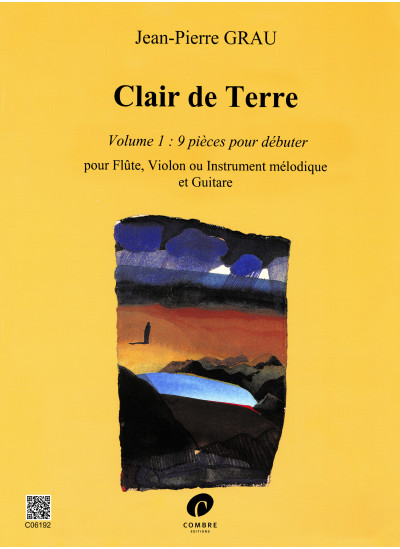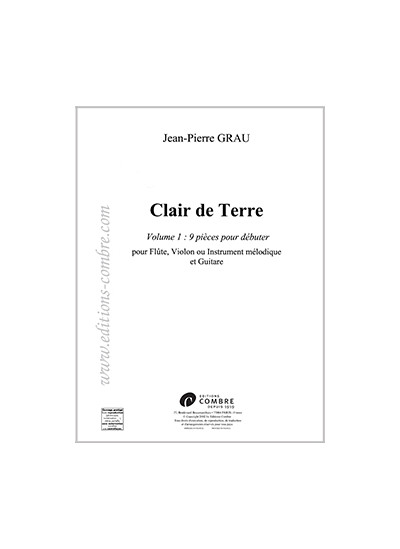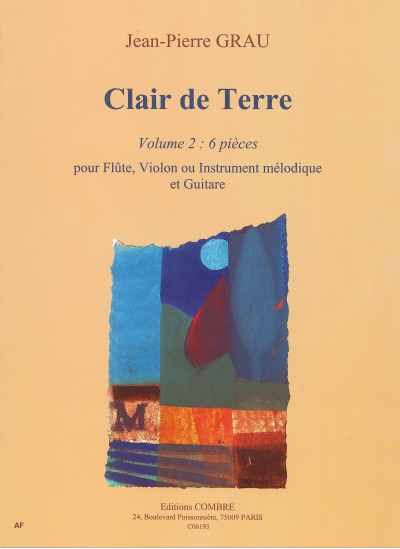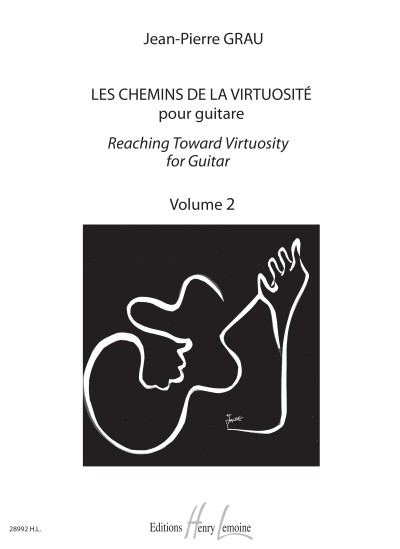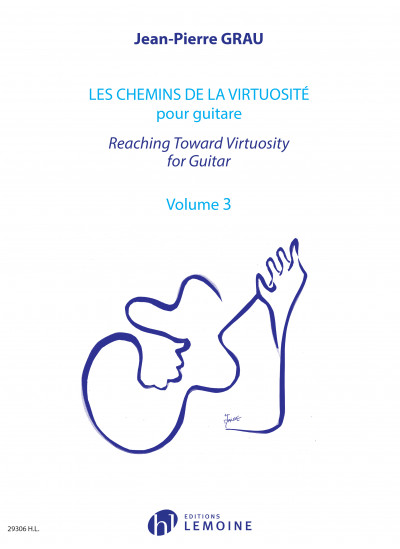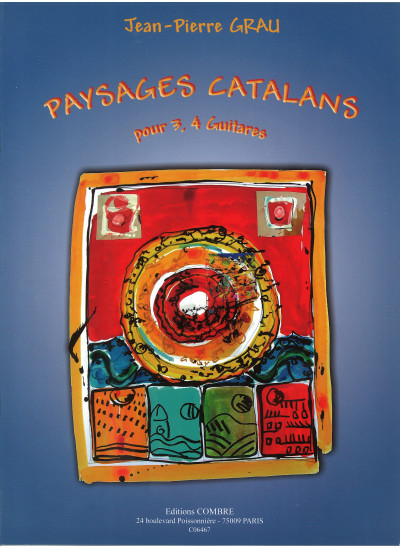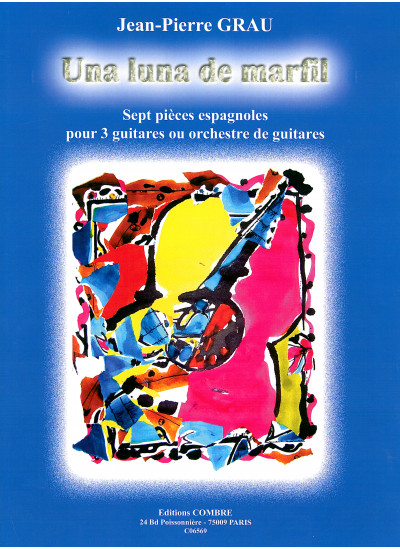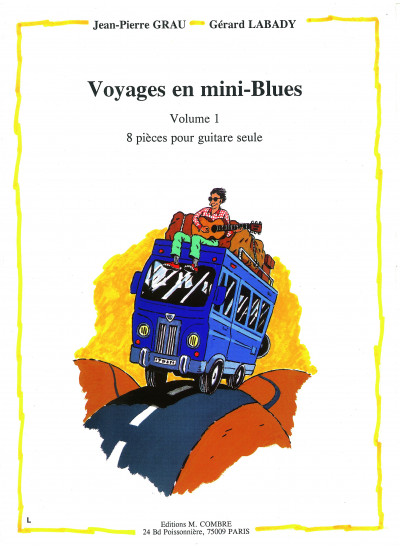
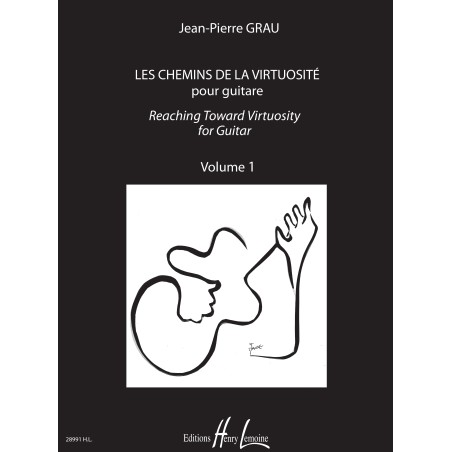

Les chemins de la virtuosité - Reaching Toward Virtuosity Vol.1
Play
a sample
Most musicians have an ambiguous relationship with their instrument, mixed with elation, but also with apprehension and frustration.
They must convey the character, energy and essence of a piece, while at the same time seeking the pleasure of being in total union with the instrument, and the satisfaction of expressing emotion without physical limitations.
It is work done with my students that is the ongoing motivation for my research toward a path of realization, an approach completely instinctive at first, but one that has evolved over time into a conscious desire to impart change and improvement: how to go further, understand oneself?
This method of instrumental technique combines classical fundamentals (scales, extensions, chords...), and several seldom or never addressed issues concerning finger technique (string changes, extensions, right hand shifts, scales with three right hand fingers, coordination of both hands...) with physical exercises aimed at reducing or even eliminating musicians' tension, and furthering instrumental expressivity.
The body is the recipient of emotion. It attests to the joy and exaltation of playing. Why accept physical suffering or back pain?
These two volumes are most significant when combined with a constant and conscious pursuit of relaxation and postural balance.
Musicians' recurrent problems are generally related to unconscious physical tension (see the papers by Wilhelm Reich and Alexander Lowen on muscular and emotional armour) that hinders free and spontaneous personal expression.
Practicing advanced instrumental technique oblivious to the need for overall relaxation, can, in the long-term, only provoke excess muscular tension that may result in the trainee or professional musician having heightened physical problems (muscular pain, tendonitis...).
Being aware of physical sensations during the exercises also seems to be an interesting approach to practicing, the question "what do you feel?" has become increasingly important in my teaching over the past years.
Singing mentally is an important way of working - singing is an essential means of communication, transforming finger technique into human expression. It is also the preferred medium for conveying a person's history, their innermost experience.
In response to the question "what do you want to express and how?" the answer is almost always sung.
Singing coordinates gesture and musical intention, it facilitates explanation: "this is what I want to say", and how to accomplish it technically by transforming written music into a vocal gesture.
I also think that the extreme difficulty of our instrument, made easier by technical practice, keeps us from stripping a work of its essence due to the repetitiveness of daily practice.
I hope that the results of this research will allow any person adept of an approach that encompasses the total being, to attain their ultimate potential, and that it will respond to the various demands and questions that have accompanied me throughout my life as an instrumentalist.
Jean-Pierre Grau






